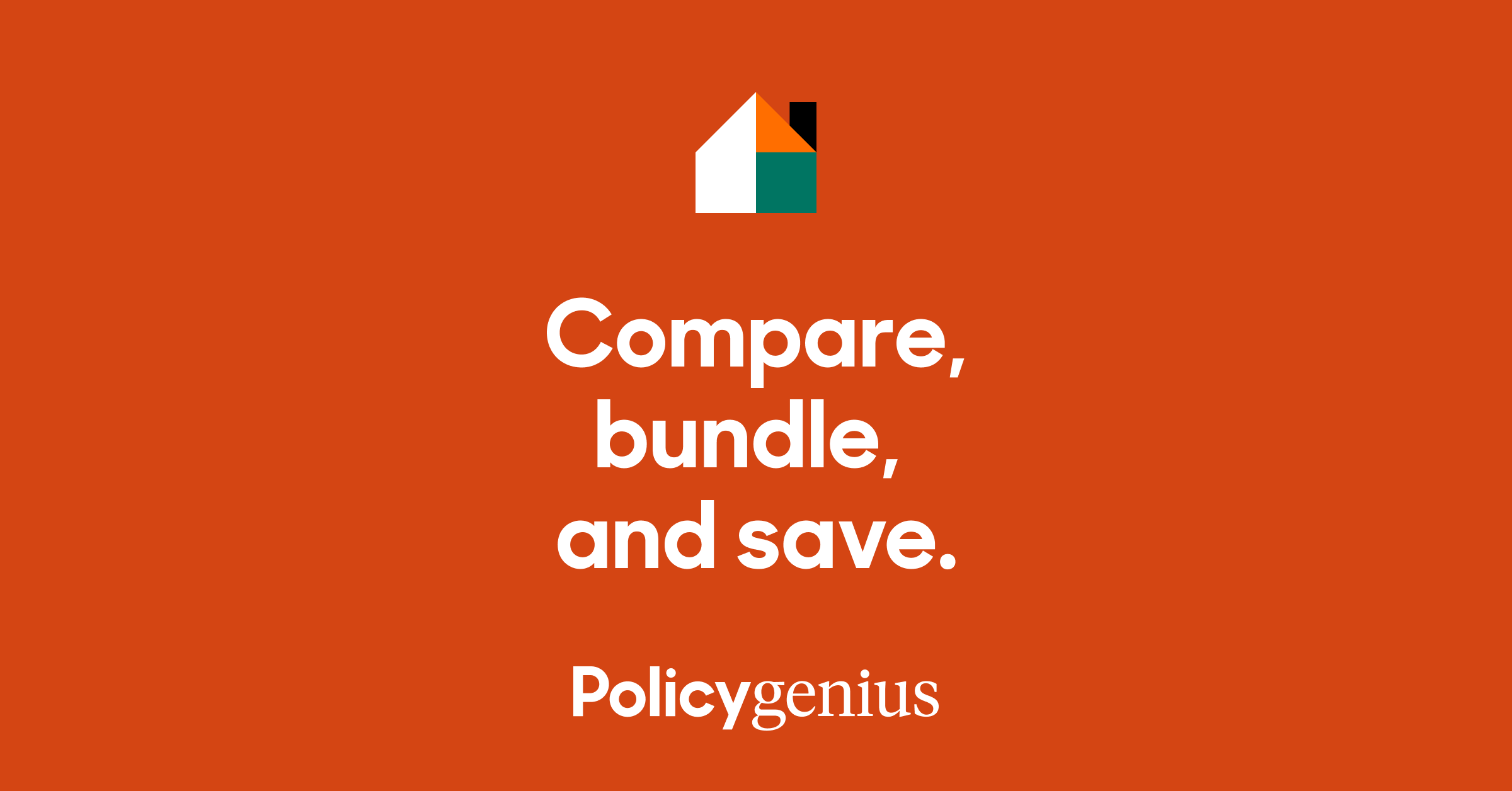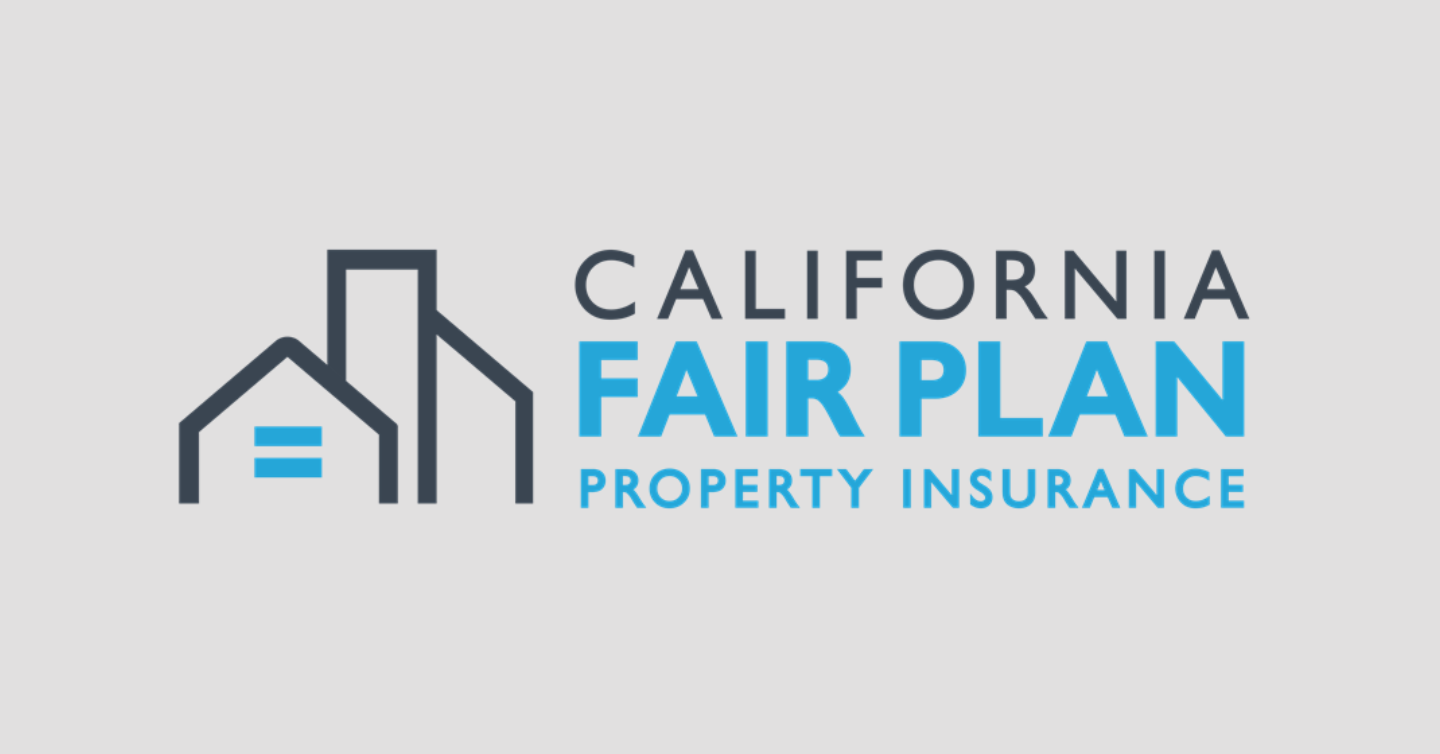Wildfires are a part of life for most Californians. Over 2 million homes are at risk for wildfire damage in The Golden State, according to Verisk Wildfire Risk Analysis. [1] Here’s a breakdown of California wildfire stats, facts, and figures.
California wildfires facts and statistics
From the number of acres set afire in 2023 to the deadliest wildfires in The Golden State to date, here are 10 recent facts about wildfires in California.
So far in 2024, 769 wildfires burned 3,179 acres in California as of May 13, 2024 [2]
Over 7,000 wildfires burned nearly 325,000 acres and destroyed 71 structures in California in 2023 [3]
1.28 million housing units were at risk of extreme wildfire damage in California in 2023 — the most of any other state [4]
2023 fire season in California saw a large decrease in the number of wildfires and total acreage burned — compared to the 5-year average — due to proactive management and favorable weather conditions
Kemper home insurance issued over $1.5 million in refunds to thousands of customers due to the company overcharging policyholders for wildfire risk in 2023 [5]
Over 1 million acres were burned by the August Complex fire starting in August 2020, the most destructive wildfire in California history [6]
Over 1,300 structures were destroyed by the Dixie Fire in July 2021, the second most destructive wildfire in California history [7]
85 deaths were caused by the Camp Fire in November 2018, the deadliest wildfire in California to date [8]
Around $13 billion total insured losses due to wildfire incidents in California in 2018 [9]
Largest wildfires in California history
Some of the most destructive wildfires in California history have taken place in the last 10 years. Experts base the worst fires on how many acres are burned. In 2020, the August Complex fire burned over 1 million acres, making it the largest wildfire in California history.
Most common causes of wildfires in California
Nearly 84% of wildfires are started by humans, like by downed powerlines, campfires, and arson. [10] Combine this with the rapid effects of climate change that California is seeing — with warmer temperatures, drier seasons, and extended periods of drought — and it’s a recipe for disaster.
Here are the causes of the top 15 largest wildfires in California history. [11]
Wildfire | Date | Cause | Number of acres burned | Number of structures burned |
August Complex | August 2020 | Lightning | 1,032,648 | 935 |
Dixie | July 2021 | Powerlines | 963,309 | 1,329 |
Mendocino Complex | July 2018 | Human related | 459,123 | 280 |
SCU Lightning Complex | August 2020 | Lightning | 396,624 | 222 |
Creek | September 2020 | Undetermined | 379,895 | 853 |
LNU Lightning Complex | August 2020 | Lightning & arson | 363,220 | 1,491 |
North Complex | August 2020 | Lightning | 318,935 | 2,352 |
Thomas | December 2017 | Powerlines | 281,893 | 1,063 |
Cedar | October 2003 | Human related | 273,246 | 2,820 |
Rush | August 2012 | Lightning | 271,911 | 0 |
Rim | August 2013 | Human related | 257,314 | 112 |
Zaca | July 2007 | Human related | 240,207 | 1 |
Carr | July 2018 | Human related | 229,651 | 1,614 |
Monument | July 2021 | Lightning | 223,124 | 50 |
Caldor | August 2021 | Human related | 221,835 | 1,003 |
Wildfire insurance in California: Facts and figures
It can be difficult for homeowners in high-risk wildfire areas to find adequate homeowners insurance coverage. If that’s the case for you, you may need to go with a last-resort coverage option, like the California FAIR Plan.
Below is a breakdown of home insurance and FAIR Plans in The Golden State.
Facts about California wildfire prevention programs
There are multiple things you can do to protect your home from wildfire damage — and some may score you a discount with your home insurance company.
Below are some initiatives the California Department of Insurance is advising homeowners to take advantage of.
Wildfire Prepared Home Program
If you receive a designation through this program, you’ll likely see a discount on your home insurance premiums.
To receive this designation, your home will need to meet several structural requirements, including:
Class-A fire-resistant rated roof
Exterior walls with a minimum of 6 vertical inches (measured from the ground up) of noncombustible material, such as brick, stone, or concrete
Gutters and downspouts made of noncombustible material
FireWise USA community programs
This program helps communities get organized with a safety plan and make their homes fire-resistant. If you don’t live in a FireWise community, you can follow the steps to apply to be one on the FireWise USA website.
Once FireWise helps you fire-proof your home, make sure you contact your insurance company — the efforts you took to prevent wildfire damage may result in a discount on your premiums.




